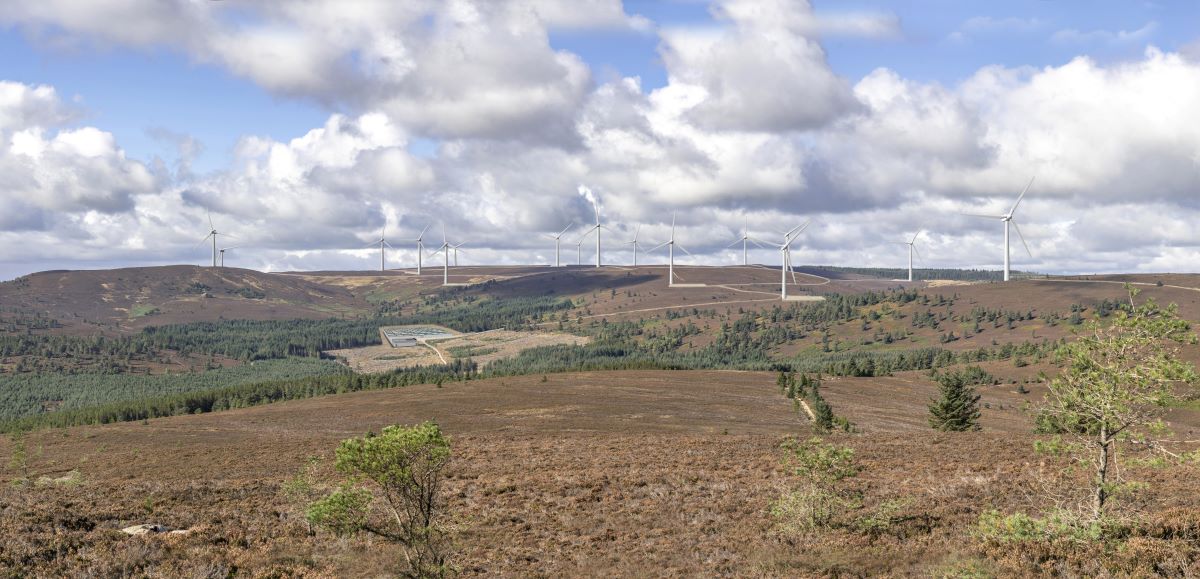RES, the renewable energy company behind Hill of Fare Wind Farm, has expressed disappointment at the Council’s decision not to back the 16-turbine proposal, despite the project being predicted to deliver a £156 million boost for the Aberdeenshire economy.
The 105.6MW scheme is expected to deliver £14 million of inward investment during construction – including a predicted 230 construction jobs – around £66 million of economic activity linked to operations and maintenance, and a further £50 million in business rates to Aberdeenshire Council.
The project would also deliver a tailored community benefit package worth £26.4 million over the project’s lifetime; this package may include RES’ unique Local Electricity Discount Scheme (LEDS), which offers an annual discount to the electricity bills of those properties closest to the wind farm, as well as the opportunity for the community to share in the wind farm’s revenues.
The proposal will now undergo a public local inquiry, before being determined by the Scottish Government.
Gavin Shirley, RES’ Senior Development Project Manager for Hill of Fare, commented: “Today was an opportunity for Aberdeenshire Council to seize the opportunities that renewable energy projects, such as Hill of Fare, can deliver and reinforce the region’s credentials as leaders in the Just Transition. We’re therefore naturally disappointed that this opportunity to deliver jobs and investment has not been grasped.”
“This project has been carefully designed and sensitively sited in an area identified by the Council as having ‘potential for wind farm development’ and if consented, would maximise economic benefit to Aberdeenshire. We have undertaken extensive consultation with the community and key consultees – and gathered a wealth of data from our technical and environmental survey work – all of which has helped us develop a sensitive design which minimises impacts and maximises benefits.”
The scheme, which lies approximately 6km north of Banchory, utilises modern turbines – with a mix of 180m and 200m tip heights – which are now typical for new onshore wind farms and a battery energy storage system. The 105.6MW site would be capable of generating clean, low-cost renewable electricity for around 101,000 homes each year – or the equivalent of 169,000 electric cars per annum.
If consented, a number of measures are also proposed to enhance the biodiversity on site including restoration of degraded peatland, riparian tree planting, and in addition would improve recreational access across the site with public car parking and tracks.
